Triethyl orthopropionate
Synonym(s):1,1,1-Triethoxypropane
- CAS NO.:115-80-0
- Empirical Formula: C9H20O3
- Molecular Weight: 176.25
- MDL number: MFCD00009226
- EINECS: 204-108-0
- SAFETY DATA SHEET (SDS)
- Update Date: 2025-09-25 17:15:13
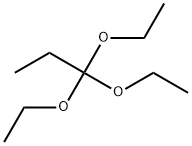
What is Triethyl orthopropionate?
Chemical properties
clear colorless liquid
The Uses of Triethyl orthopropionate
Triethyl orthopropionate is used as a starting material in the synthesis of Triethyl orthoacrylate. Triethyl orthopropionate is also commonly used in Claisen rearrangement reactions that yield γ,δ-unsaturated esters.
The Uses of Triethyl orthopropionate
Used as intermediates in pharmaceutical chemical and organic synthesize. It can react with N-benzoyl-glycine in the presence of 4-(dimethylamino)pyridine and acetic anhydride to produce 4-(1-ethoxy-propylidene)-2-phenyl-4H-oxazol-5-one. It is also applied as a starting material in the synthesis of Triethyl orthoacrylate. Triethyl orthopropionate is also commonly used in Claisen rearrangement reactions that yield γ,δ-unsaturated esters.
Hazard
Moderate fire risk.
Properties of Triethyl orthopropionate
| Melting point: | 284 °C |
| Boiling point: | 155-160 °C (lit.) |
| Density | 0.876 g/mL at 25 °C (lit.) |
| refractive index | n |
| Flash point: | 140 °F |
| storage temp. | Store below +30°C. |
| solubility | soluble in Chloroform, Ethyl Acetate |
| form | Liquid |
| Specific Gravity | 0.888 (20/4℃) |
| color | Clear colorless |
| Water Solubility | Hydrolyzes slowly in water. Soluble in alcohol, chloroform, ethyl acetate and ether. |
| BRN | 906798 |
| Stability: | Moisture Sensitive |
| CAS DataBase Reference | 115-80-0(CAS DataBase Reference) |
| NIST Chemistry Reference | Propane, 1,1,1-triethoxy-(115-80-0) |
| EPA Substance Registry System | Propane, 1,1,1-triethoxy- (115-80-0) |
Safety information for Triethyl orthopropionate
| Signal word | Warning |
| Pictogram(s) |
 Flame Flammables GHS02  Exclamation Mark Irritant GHS07 |
| GHS Hazard Statements |
H226:Flammable liquids H315:Skin corrosion/irritation H319:Serious eye damage/eye irritation |
| Precautionary Statement Codes |
P210:Keep away from heat/sparks/open flames/hot surfaces. — No smoking. P302+P352:IF ON SKIN: wash with plenty of soap and water. P305+P351+P338:IF IN EYES: Rinse cautiously with water for several minutes. Remove contact lenses, if present and easy to do. Continuerinsing. |
Computed Descriptors for Triethyl orthopropionate
Triethyl orthopropionate manufacturer
JSK Chemicals
3Y
Phone:+91-9879767984
Whatsapp: +91-9879767970
product: Triethyl Orthopropionate 115-80-0 99%
New Products
Indole Methyl Resin tert-butyl 9-methoxy-3-azaspiro[5.5]undecane-3-carboxylate Boc-His(Boc)-OH 2-CTC Resin 4-Chloro-7-tosy1-7Hpyrrolo[2,3-d]pyrimidine 5,7-Dibromo-1H-indole 2,5-dichloro-N-hydroxy-4,6-dimethylpyridine-3-carboximidamide 2,2-Dimethoxy-7-azaspiro[3.5]nonane hydrochloride 4-chloromethyl-5-methyl-1,3-dioxol-2-one (DMDO-Cl) R-2-BENZYLOXY PROPIONIC ACID 1,1’-CARBONYLDIIMIDAZOLE 1,1’-CARBONYLDI (1,2-4 TRIAZOLE) N-METHYL INDAZOLE-3-CARBOXYLIC ACID 4-((2-hydroxyethyl)thio)benzoic acid 1-(TERT-BUTOXYCARBONYL)-2-PYRROLIDINONE Methyl 6-methylnicotinate 3-Pyridineacrylic acid tert-Butyl carbazate TETRAHYDRO-2H-PYRAN-3-OL 2-((4-morpholinophenylamino) (methylthio) methylene) malononitrile 3-(4-morpholinophenylamino)-5-amino-1H-pyrazole-4-carbonitrile 2,4-dihydroxybenzaldehyde 1,3-Diethyl-1,3-Diphenylurea Methyl 2-methylquinoline-6-carboxylateRelated products of tetrahydrofuran
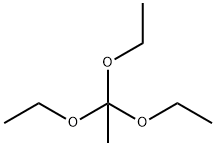


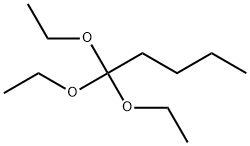
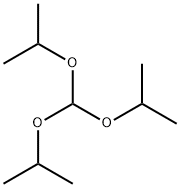

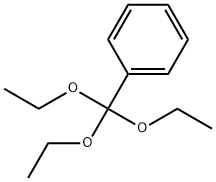

You may like
-
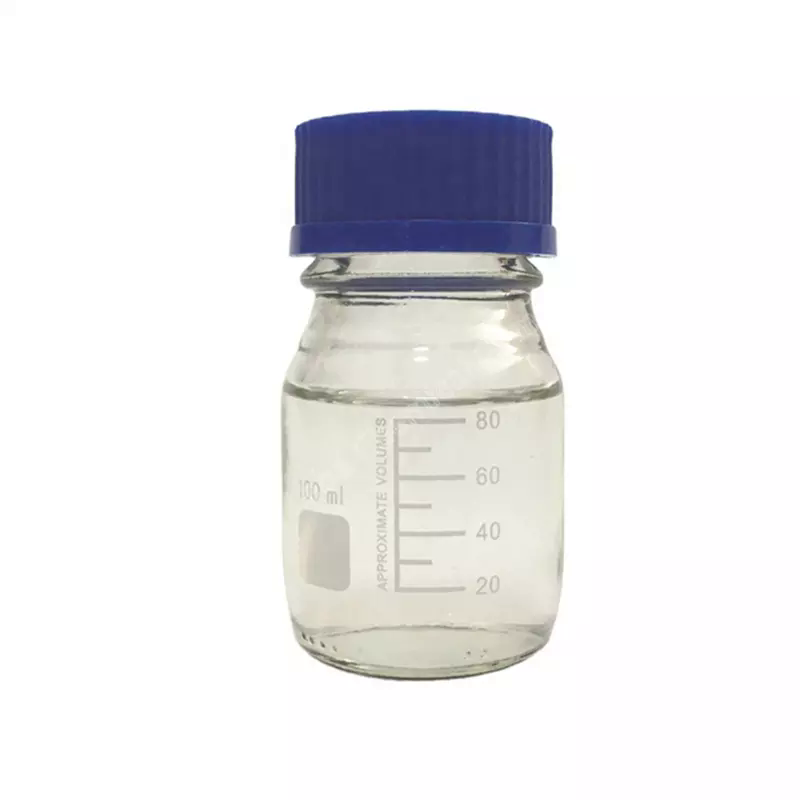 115-80-0 Triethyl Ortho Propionate 99%View Details
115-80-0 Triethyl Ortho Propionate 99%View Details
115-80-0 -
 Triethyl orthopropionate 99%View Details
Triethyl orthopropionate 99%View Details
115-80-0 -
 Triethyl Orthopropionate 115-80-0 99%View Details
Triethyl Orthopropionate 115-80-0 99%View Details
115-80-0 -
 Triethyl orthopropionate CAS 115-80-0View Details
Triethyl orthopropionate CAS 115-80-0View Details
115-80-0 -
 Triethyl Orthopropionate CAS 115-80-0View Details
Triethyl Orthopropionate CAS 115-80-0View Details
115-80-0 -
 Triethyl orthopropionate CAS 115-80-0View Details
Triethyl orthopropionate CAS 115-80-0View Details
115-80-0 -
 TRIETHYL ORTHOPROPIONATE (115-80-0 ), Industrial GradeView Details
TRIETHYL ORTHOPROPIONATE (115-80-0 ), Industrial GradeView Details
115-80-0 -
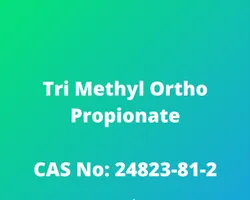 Powder Triethyl Ortho Propionate, 24823-81-2, Grade: Pharma GradeView Details
Powder Triethyl Ortho Propionate, 24823-81-2, Grade: Pharma GradeView Details
24823-81-2
Statement: All products displayed on this website are only used for non medical purposes such as industrial applications or scientific research, and cannot be used for clinical diagnosis or treatment of humans or animals. They are not medicinal or edible.
